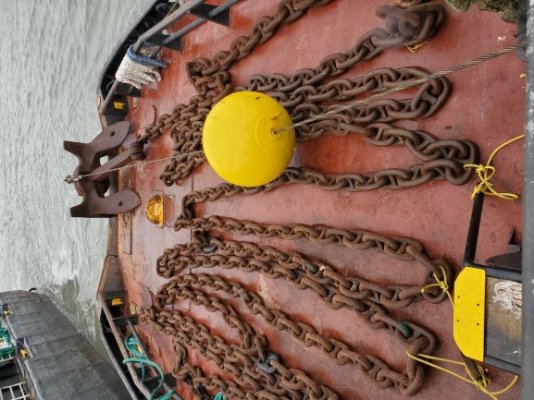dhays
Guru
- Joined
- May 26, 2015
- Messages
- 9,045
- Location
- United States
- Vessel Name
- Kinship
- Vessel Make
- North Pacific 43
Yeah, excellent point. Dyneema is hard to cut end the best of conditions.
Some great suggestions, I’ll play around with it. Usually, I’m worried about fouled ground in crowded anchorages. It is the less used locations (often for a reason) that I think I’m at more risk of getting my anchor fouled. However, I did watch a sailboat struggle to get an anchor up in Secret Cove a few years ago.
Crowded anchorages an anchor marker is nice but there I want a light and easily broken line for the reasons you mention.
Your idea of using a light line to hold the buoy and use it as a messenger to pass a stronger line in the event of a stuck anchor is an intriguing one as well.
Wow, major fail on this post. I must be getting old(er).
Corrections:
-Dyneema is hard to cut IN the best of conditions.
-Usually, I’m NOT worried about fouled ground in crowded anchorages.
-IN crowded anchorages an anchor marker is nice but there I want a light and easily broken line for the reasons you mention.







